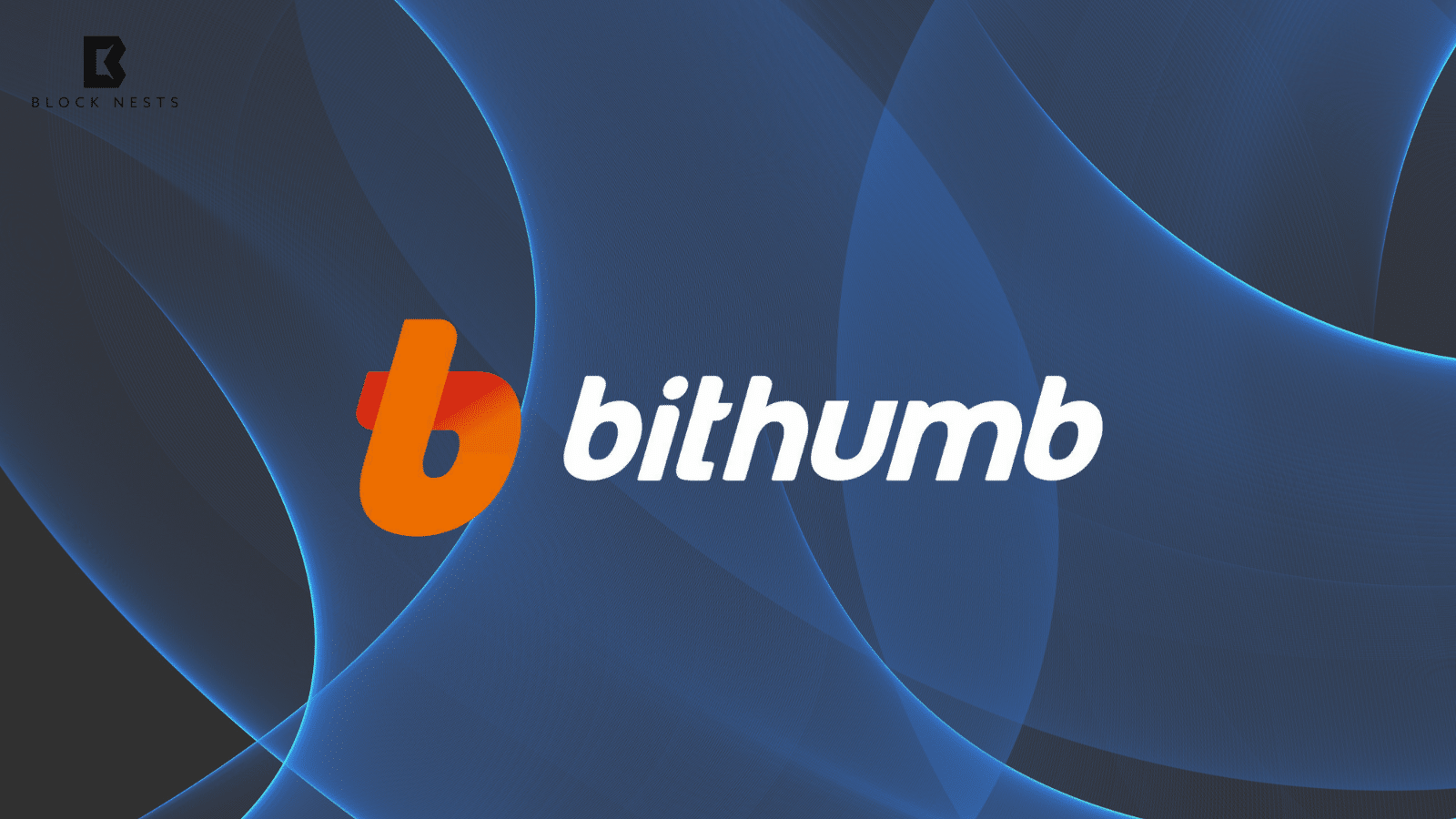- The new blockchain project “Stable” is backed by Bitfinex and USDT.
- It targets financial institutions with fast transaction processing.
- Tether CEO Paolo Ardoino is advising the team, which remains anonymous.
A new blockchain project named Stable is preparing for its debut. Backed by crypto exchange Bitfinex and Tether (USDT), the initiative aims to change how institutions use digital assets. Unlike most public chains that attract retail traders, Stable focuses on businesses, banks, and fintech firms.
It will offer them a faster, more efficient way to move money using blockchain technology. The network will operate on USDT, which is the world’s most-used stablecoin. Users will pay gas fees in this digital dollar, thereby making it not like many other networks.
Stable’s whitepaper outlines a design that sidesteps the congestion and expense problems typical of many large blockchains. The authors of Stable remain anonymous. They describe themselves only as a “collective of protocol engineers, fintech operators, and cryptocurrency founders,” without disclosing individual identities.
Tether’s CEO Backs New Blockchain Venture
However, one public figure is involved: Tether CEO Paolo Ardoino is serving as an advisor. His involvement speaks volumes regarding the seriousness of the project, especially considering Tether’s stature within the international cryptocurrency marketplace. Stable plans to roll out a feature called “enterprise lanes,” which will offer some sort of prioritized transaction processing.
These special lanes will enable institutions to complete transactions faster than they could on standard public blockchains. This model addresses a significant problem. Blockchains usually get congested, which slows down the traffic and increases the fees. This is quite a concern for financial institutions that deal with enormous volumes of transactions on a daily basis.
Stable offers to solve that with a business-exclusive pipeline. The developers say that while USDT settles over $100 billion every day, the infrastructure supporting it is fragile. Many systems are too slow, fragmented, or costly to use effectively for institutions. Stable’s new architecture will provide these users with a smoother experience by fixing the issue.
Stablecoins Power Real-World Crypto Use
xamples of stablecoins and USDT anchor the core of today’s crypto world. They peg their value to traditional currencies like the US dollar and facilitate payments, trading, and remittances. Their use has grown tremendously in the past few years, especially in developing nations. The issuer of USDT, Tether, is still the biggest player in the market.
According to CoinMarketCap, its token is worth about $154 billion, much more than Circle’s USDC, its nearest rival. While Tether has significantly boosted its profits recently, it has also faced criticism and accusations related to its reserves and legal compliance issues.
Due to the demand for real-world applications of cryptocurrency, the team behind Stable decided to build it. With such high-level backing and a well-defined target market, this blockchain has the potential to become another standard in enterprise-grade digital finance.
Related Reading: Bitcoin Gains Appeal as Investors Move Away from U.S. Markets
How would you rate your experience?






